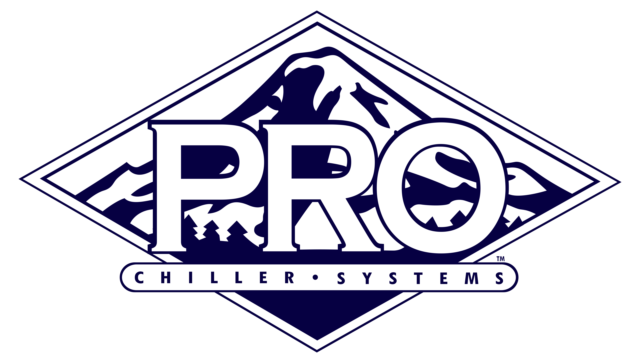Although the technology has advanced so that it’s enticing and comfortable for a cow to be milked, there is still work to be done to get the most out of both your cows and your robots. Programs with a goal of 3.5 milkings per day during the first 100 days in milk (DIM) often see an increase in peak milk, which leads to an increase in production over time. Most cows know what to do and come out milking three or four times per day. First-lactation heifers don’t know, which is why all robot farms need a protocol to train them and reduce the amount of fetching. Successful fresh cow training protocols begin right away with good transition cow management, make the appropriate adjustments based on DIM and factor in feed quality, natural animal behavior and the role of the robot itself.
Set up for peak performance
If there are transition cow or other health issues in the first 30 days, too much production potential is lost. Ailments including ketosis, subclinical milk fever, lameness and lung damage as a calf can slow down fresh cows’ movement to the robot and hold back production. It’s important to physically check for ketosis in cows that are coming to the robot less than three times or producing less than 100 percent of their expected yield. Your veterinarian and nutritionist can help with protocols that prevent or solve these issues.
Monitor the first 100 DIM closely, and narrow in even more on those first 30 days to set cows up for success in peak lactation between days 30 and 100. First-lactation heifers should peak at about 80 percent of second- or later lactation cows. While their peak won’t be as high, their production remains more persistent throughout lactation; it does not taper off as rapidly as that of an older cow. Therefore, a dry cow program that reduces issues with calving and transition cows is crucial in reaching a high peak.
To reach the 80 percent peak goal, make sure heifers visit the robot at least three times before you leave them alone. This is key in both free-flow and milk-first setups. In free-flow, these visits are needed in order to ensure pellet consumption is where it needs to be. With milk-first, three visits will result in a bump in milk production, just due to the increased milking frequency. When cows move to eat, they increase their dry matter intake, make more milk and increase visits to the robot. After calving and in the first third of lactation, cows are peaking and working hard, consuming a lot of dry matter, moving more and eating more again. Consult your feed adviser to make sure your pellets are of good quality so they can do their part in encouraging these important visits to the robot and the feed in the bunk is providing the energy cows need to keep up.
Feed availability
Do your part to make sure the feed is available. Quietly go about ensuring routines allow cows to move, eat and work so that 20 to 40 percent of the cows are at the bunk (and have enough room at the bunk) at any given time. An empty bunk is not a good idea in a robotic barn. Keep feed pushed up so when a cow decides to eat, the feed is there. If 100 percent of the cows come up to the bunk when you’re feeding, you’ll have a difficult time spreading out the milking enough to achieve the 3.5 visits per day needed for fresh cows and heifers.
Make sure your barn is working with you and encouraging cow movement as you introduce the robot routine to the young cows. Open barns with space, lighting and proper air exchange will make the cows more willing to move more. Heat and humidity will slow the cows down, and flies will irritate them, causing bunching. Keep in mind cows also move more naturally at dawn and dusk.
Cow behavior
Another natural cow behavior that all farms will deal with is having both dominant and submissive cows. You may need to spend extra time with the submissive cows to get them visiting the robot frequently enough. When first-lactation heifers are separated from cows, there are fewer bullying issues. However, when they are mixed, the cows seem to help teach the heifers. This way you’re able to spread the heifers out over more robots rather than tying up any robots for training. Heifers also tend to stick with a buddy they have always had. It has a small influence on the number of visits to the robot but may be helpful to keep in mind when getting them into the robot those first few times.
Larger farms may consider using a training robot to train heifers before calving. This gives the heifer a chance to spread out the new experiences of calving and milking for the first time and allows her to get used to the robot without the added stress of dominant, older cows. Smaller to medium-sized farms, up to 400 to 500 cows, may find success using a feed station as part of their training.
Finally, consider the role of the robot in making sure a heifer feels comfortable and safe and wants to return again. Do everything you can to make sure the first experience is positive by remaining patient and calm. Keep in mind she’s never experienced anything similar. Because a fresh heifer doesn’t know what it’s like, we do what we can to train her, without expecting her to know what to do. Make time for that first experience, and possibly the next couple, depending on the heifer. ![]()

-
Nancy Charlton
- Dairy Management Adviser - Manager
- DeLaval
PHOTO: Spending extra time with submissive cows will help them overcome bullying from dominant cows and increase their visit frequency. Photo courtesy of DeLaval.






